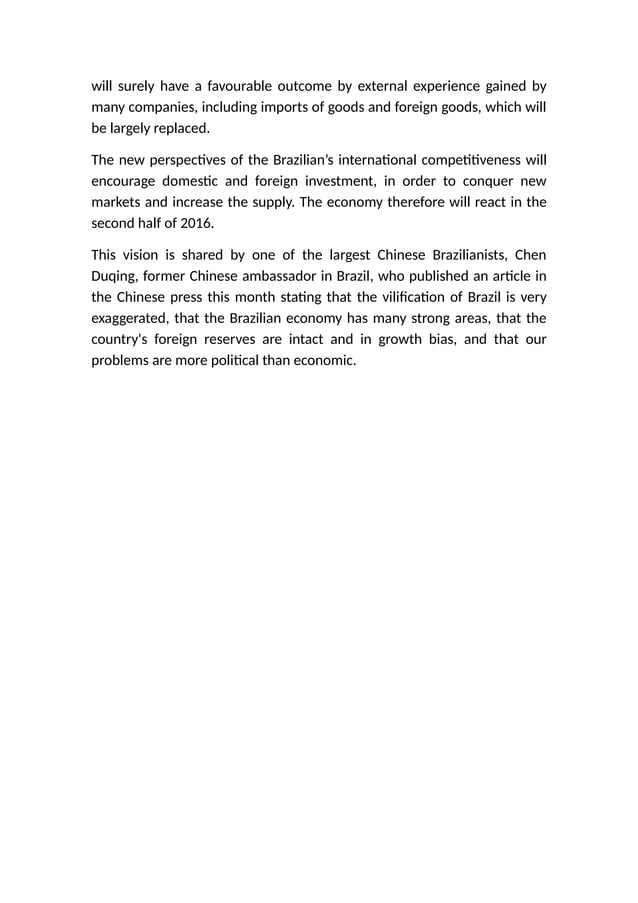A Pan-Nordic Defense: Integrating Swedish And Finnish Military Assets

Table of Contents
Complementary Capabilities: Synergies Between Swedish and Finnish Forces
The combined military capabilities of Sweden and Finland offer significant synergies, creating a powerful force within the Pan-Nordic defense framework. Both nations possess unique strengths that, when integrated, significantly enhance regional security and deterrence. Key areas of synergy include:
Keywords: Military capabilities, air defense, naval forces, ground forces, cyber warfare, intelligence sharing, defense technology.
-
Air Defense: Sweden boasts a sophisticated air defense system, including the Gripen fighter jet, complemented by Finland's robust ground-based air defense network. This combined capability provides a strong layered defense against airborne threats. The integration of these systems enhances their overall effectiveness and expands coverage.
-
Naval Forces: Joint naval operations in the Baltic Sea are crucial for maintaining maritime security. Finland's expertise in coastal defense and mine countermeasures, combined with Sweden's larger naval vessels, create a formidable maritime force capable of protecting vital sea lanes and deterring potential aggression. Combined exercises and intelligence sharing are key elements here.
-
Ground Forces: Finland's highly trained and experienced ground forces, known for their effective defense strategies, particularly in challenging terrain, are an excellent complement to Sweden’s well-equipped and technologically advanced army. This combination of experience and technology forms a robust ground defense.
-
Cyber Warfare: Both nations face significant cyber threats. Combined cyber defense strategies, involving joint intelligence sharing and coordinated responses, significantly improve resilience against digital attacks and enhance overall national security. The exchange of best practices and expertise is critical for success in this area.
-
Intelligence Sharing: Enhanced intelligence sharing between Sweden and Finland provides a clearer picture of potential threats, allowing for quicker and more effective responses. This improves situational awareness and reduces reaction times, enhancing the overall effectiveness of the Pan-Nordic defense.
-
Defense Technology: Collaboration on defense technology development reduces costs and fosters innovation. Joint procurement and research programs can lead to more effective and cost-efficient military equipment, benefiting both nations. This is a long-term strategy vital for continued military modernization.
Enhanced Regional Security: Deterrence and Collective Defense
The integration of Swedish and Finnish military assets profoundly impacts regional security, providing a powerful deterrent and strengthening collective defense capabilities.
Keywords: Regional deterrence, collective defense, NATO partnership, Russia, Baltic Sea region, security architecture.
-
Deterrence: A unified Pan-Nordic defense posture, particularly strong in the Baltic Sea region, acts as a significant deterrent to potential aggression. The combined military strength makes any potential adversary think twice before initiating hostile actions. This strengthened deterrence is a crucial element of maintaining regional peace and stability.
-
Collective Defense: Enhanced interoperability between Swedish and Finnish forces improves collective defense capabilities. This means a more coordinated and effective response to any threat, significantly increasing the region's overall security. The combined forces’ ability to respond swiftly and effectively is vital for deterring potential aggressors.
-
NATO Partnership: While not full members, both Finland and Sweden maintain close partnerships with NATO, further enhancing regional security. This integration allows for seamless collaboration with NATO partners in joint exercises and operations, reinforcing the collective defense architecture of the North Atlantic. Cooperation with NATO strengthens the collective ability to respond to any threat in the region.
-
Baltic Sea Security: The integration is vital for the security of the Baltic Sea region. A strengthened Pan-Nordic defense contributes to a more stable and secure environment in this strategically important area. The combined naval and air power significantly enhances maritime security in the region.
-
Discouraging Adversaries: A stronger collective defense significantly discourages potential adversaries from undertaking aggressive actions. This enhanced deterrence contributes to a more peaceful and stable regional environment.
Challenges and Considerations: Obstacles to Seamless Integration
Despite the significant benefits, several challenges must be addressed to ensure seamless integration of Swedish and Finnish military assets.
Keywords: Interoperability challenges, standardization, political considerations, budgetary constraints, logistics, cultural differences.
-
Interoperability Challenges: Differences in military doctrines, equipment, and communication systems can create interoperability challenges. Standardization of procedures and equipment requires significant effort and investment. Careful planning and a phased approach are necessary to overcome these hurdles.
-
Political Considerations: Differing national priorities and political considerations might influence decision-making processes. Maintaining consensus between the two governments regarding the scope and nature of integration is crucial. Transparency and open communication are essential for success.
-
Budgetary Constraints: Significant investment is required for modernization, standardization, and training. Securing adequate budgets and ensuring efficient resource allocation are crucial for achieving the integration goals. Careful financial planning and a commitment to long-term investment are necessary.
-
Logistics and Supply Chains: Integrating logistics and supply chains necessitates careful planning and coordination. Streamlining procurement processes and establishing efficient supply networks are essential for ensuring operational effectiveness. Effective collaboration between the two countries is key to successful integration.
-
Cultural Differences: Overcoming potential cultural differences within the military structures is essential for fostering effective collaboration and building strong working relationships. Cultural sensitivity training and open communication are crucial in building a unified force.
The Future of Pan-Nordic Defense: Long-Term Implications and Outlook
The long-term implications of the integration of Swedish and Finnish military assets are far-reaching, shaping the future security landscape of the Nordic region and beyond.
Keywords: Future defense cooperation, Nordic cooperation, European security, military modernization, defense spending.
-
Continued Modernization: Continued investment in military modernization and interoperability is vital for the long-term success of the Pan-Nordic defense. This includes upgrading existing equipment, developing new technologies, and ensuring the interoperability of systems.
-
Enhanced Nordic Cooperation: Enhanced collaboration with other Nordic countries (Denmark, Iceland, Norway) will further strengthen regional security and enhance collective defense capabilities. This expanded cooperation will create a strong, unified Nordic defense force.
-
European Security: The integration significantly shapes the future security landscape of the Nordic region and contributes to the overall security architecture of Europe. The Pan-Nordic defense acts as a regional pillar of European security.
-
Regional Stability: The combined military strength of the integrated Pan-Nordic defense will be a crucial factor in maintaining stability in the Baltic region and more broadly in Europe. This unified front contributes significantly to maintaining peace and security in the region.
-
Model for Collaboration: The Pan-Nordic defense partnership could serve as a model for other regional security collaborations, demonstrating the benefits of integrated defense for enhancing stability and security.
Conclusion:
The integration of Swedish and Finnish military assets into a stronger Pan-Nordic defense represents a significant step toward enhancing regional security. While challenges remain, the potential benefits – from improved deterrence to stronger collective defense capabilities – are substantial. By addressing the hurdles and fostering continued cooperation, a robust and effective Pan-Nordic defense can be built, contributing to a more secure and stable future for the Nordic region and beyond. Learn more about the strategic implications of Pan-Nordic defense and its role in ensuring regional stability.

Featured Posts
-
 1 Billion More Trump Administrations New Funding Cuts For Harvard
Apr 22, 2025
1 Billion More Trump Administrations New Funding Cuts For Harvard
Apr 22, 2025 -
 Pan Nordic Military Cooperation Examining The Potential Of A Combined Force
Apr 22, 2025
Pan Nordic Military Cooperation Examining The Potential Of A Combined Force
Apr 22, 2025 -
 Understanding Stock Market Valuations Bof As Advice For Investors
Apr 22, 2025
Understanding Stock Market Valuations Bof As Advice For Investors
Apr 22, 2025 -
 Bof A Reassures Investors Why Current Stock Market Valuations Arent A Threat
Apr 22, 2025
Bof A Reassures Investors Why Current Stock Market Valuations Arent A Threat
Apr 22, 2025 -
 New Signal Chat Messages Implicate Hegseth Amidst Pentagon Chaos Accusations
Apr 22, 2025
New Signal Chat Messages Implicate Hegseth Amidst Pentagon Chaos Accusations
Apr 22, 2025
